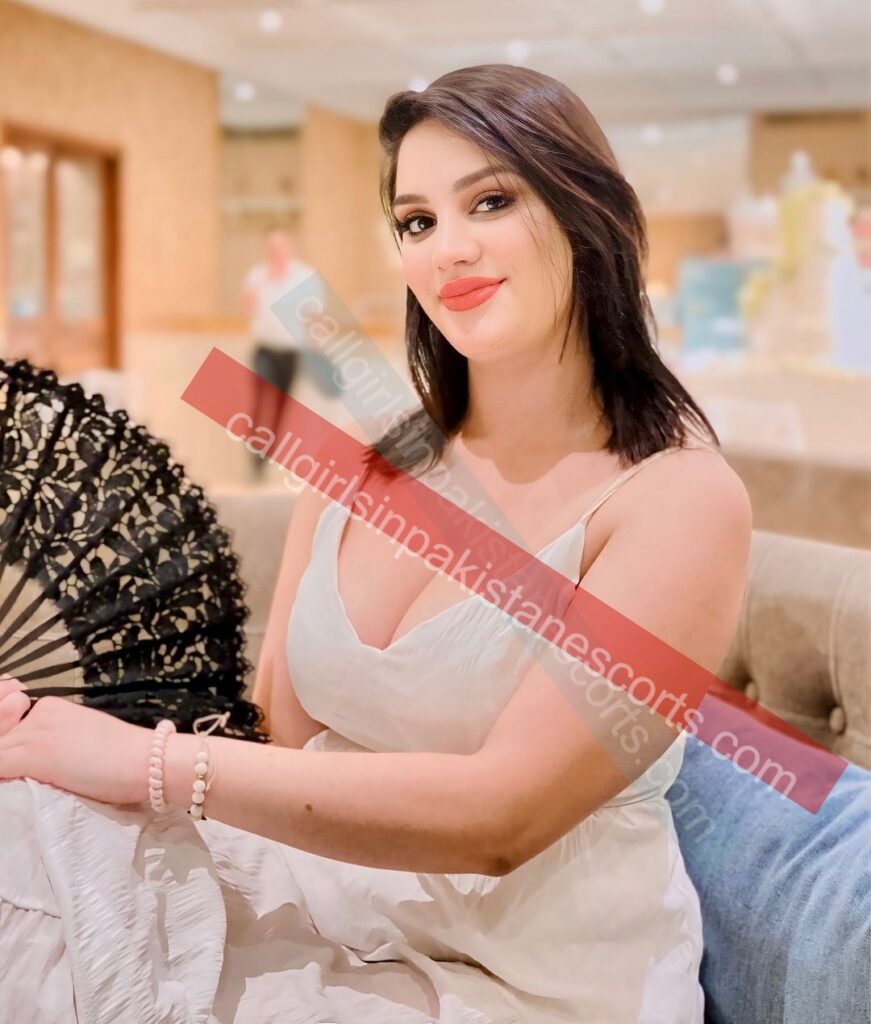In a world where art transcends boundaries and challenges societal norms, the portrayal of the human form continues to ignite discussions around beauty, culture, and artistic expression. High Class Beautiful Nude Women In Kasur, a city steeped in rich tradition and historical significance in Pakistan, serves as an intriguing backdrop for the exploration of high-class nude art. This blog post delves into the nuances of this captivating subject, celebrating the beauty of the human body while addressing the intricacies of cultural perspectives, artistic merit, and societal implications.
The Historical Context of Nude Art
Nude art has a long and prolific history, tracing back to ancient civilizations where it was celebrated as a representation of the ideal human form. From the stunning sculptures of ancient Greece to the refined masterpieces of the Renaissance, the depiction of nude figures has been an essential aspect of artistic expression. In South Asia, the portrayal of the human body, particularly through the lens of nudity, has encountered varied interpretations influenced by religion, tradition, and societal norms.
Kasur, known for its vibrant cultural milieu, is home to a multitude of artistic influences. The city produces a rich tapestry of art and craft that reflects the diversity of human experiences. In this context, the emergence of high-class nude representations invites a reevaluation of how beauty is perceived and appreciated within a culturally resonant framework.
Redefining Beauty: The Aesthetic Ideals
The concept of beauty is inherently subjective, shaped by individual experiences, cultural backgrounds, and personal beliefs. In contemporary art discourse, high-class nude art transcends mere physicality; it embodies a celebration of the human experience, emotions, and the complexities of identity. Artists exploring the nude form often seek to evoke a visceral response—inviting viewers to confront their perceptions of beauty, vulnerability, and strength.
In Kasur, local artists have begun to embrace the high-class nude genre, seeking to blend traditional aesthetics with modern interpretations. The interplay of light and shadow, the use of color, and the intricate details of the human silhouette are explored in ways that elevate the nude form beyond mere representation. This artistic endeavor not only celebrates female beauty but also challenges the societal constraints that often accompany discussions about nudity.
Cultural Perspectives: Navigating Tradition and Modernity
The conversation surrounding nude art, particularly in conservative societies, warrants careful consideration. In High Class Beautiful Nude Women In Kasur, where traditional values coexist with the influences of a globalized world, the reception of high-class nude representations can be polarizing. While some may view these artworks as a celebration of femininity and empowerment, others may perceive them as transgressions of cultural norms.
It is essential to approach this topic with sensitivity and an understanding of the cultural landscape. Art has always functioned as a platform for dialogue and reflection, and high-class nude art in Kasur can initiate important conversations about gender, identity, and autonomy. Artists and curators must navigate these conversations thoughtfully, fostering an environment where art can be appreciated for its emotional and aesthetic value, rather than facing immediate critique within conservative frameworks.
The Role of Female Artists and Models
Within the realm of high-class nude art, the roles of female artists and models are instrumental in shaping the narrative. Female artists contribute unique perspectives that challenge prevailing notions of beauty while affirming their agency. By reclaiming the narrative surrounding the nude form, these artists create a space where femininity is celebrated rather than objectified.
Similarly, models participating in high-class nude art embody an essential aspect of the artistic process. Their participation extends beyond mere representation; it signifies an embrace of self-expression, empowerment, and ownership of their bodies. In Kasur, the collaboration between artists and models can illuminate the complex dynamics of representation and the celebration of the human form, creating an invaluable dialogue about body positivity and self-acceptance.






